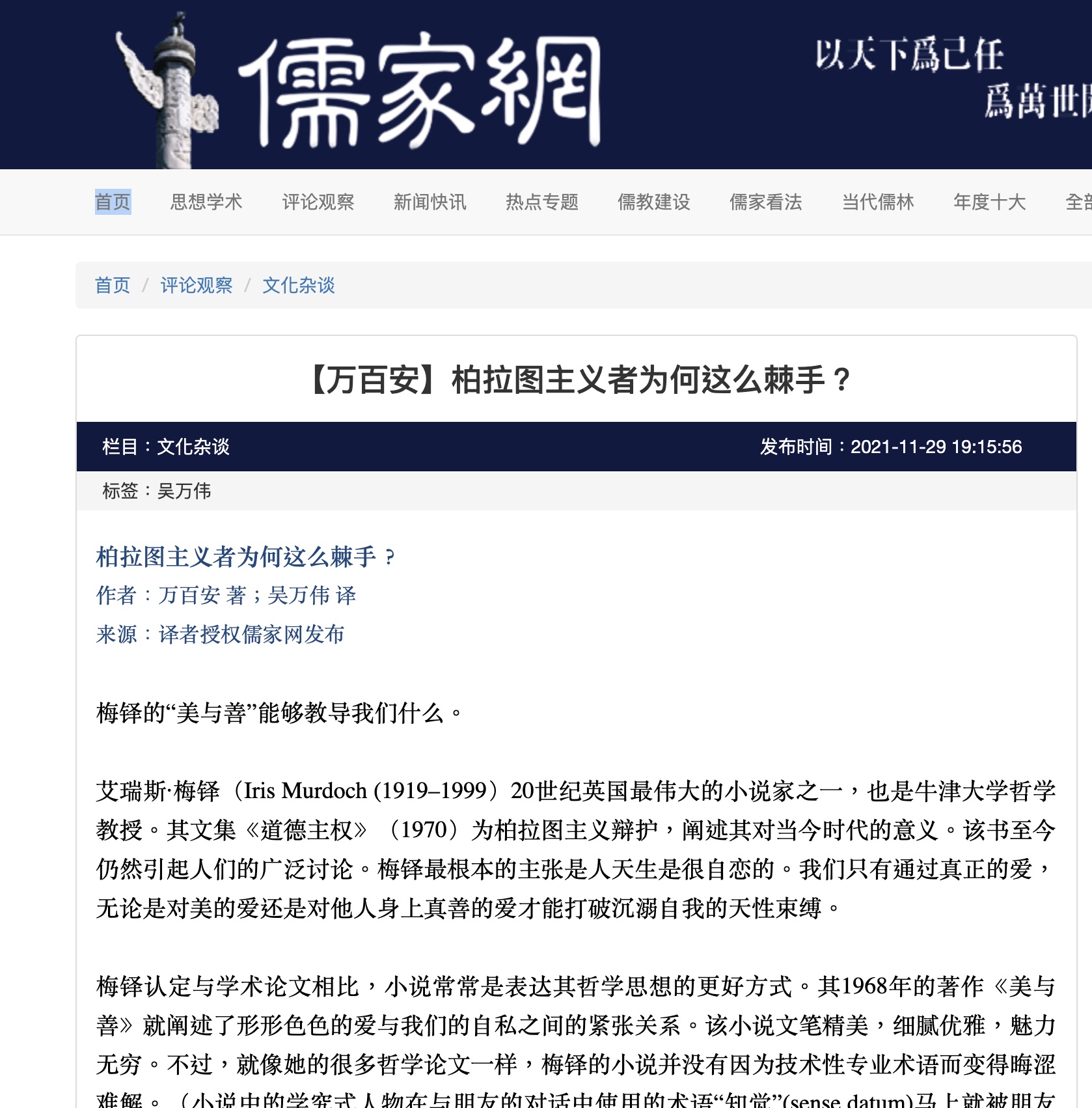On September 23, 2020, Christopher Beckwith delivered the following lecture at Indiana University:
Scythian Philosophy
So, Was There a Classical Age of Eurasia After All?
Christopher I. Beckwith
Sept. 23, 2020, 12:00 noon
In the middle of the first millennium BCE philosophy appeared in several ancient cultures. Its most prominent early practitioners were Anacharsis (‘the Scythian’, fl. 590 BC), Zoroaster (whose texts are in a Scythian dialect, fl. 620 BC), Gautama the Buddha (‘the Scythian Sage’, fl. 490 BC), and Laotzu (*Gautama, fl. 400 BC). They use logic to pose the metaphysical-political problem of polytheism versus monotheism, the ethical problem of achieving happiness or equanimity, and especially the epistemological problem of categorization. This talk examines their ideas and builds on the latest advances in Scythology to address the much-avoided question in the subtitle.
C.I. Beckwith, Distinguished Professor of Central Eurasian Studies, Hamilton Lugar School of Global and International Studies, is author of Greek Buddha (2015), Warriors of the Cloisters (2012), Empires of the Silk Road (2009), etc., and The Scythian Empire (ms. Nearing completion).
Read the rest of this entry »

